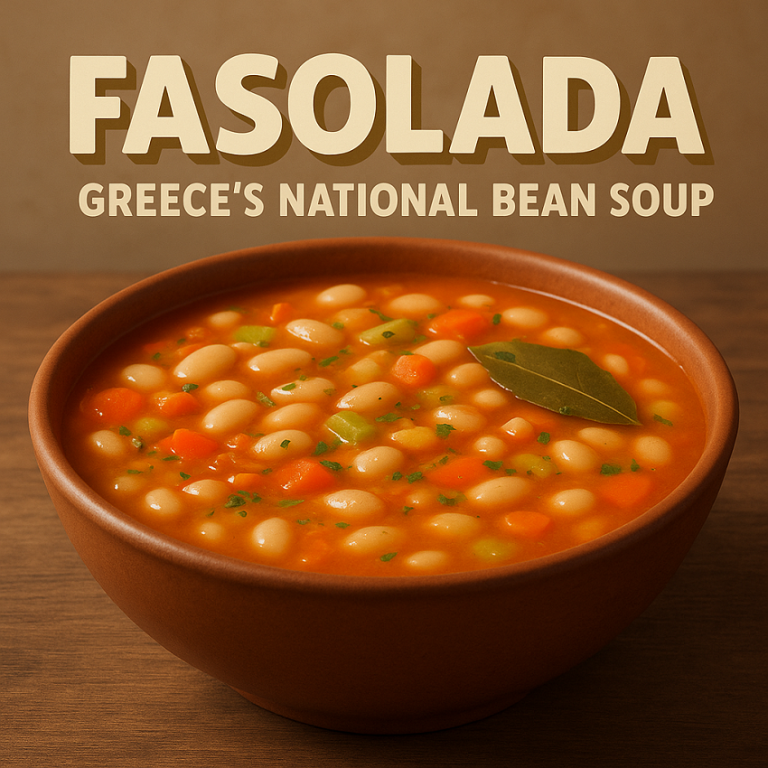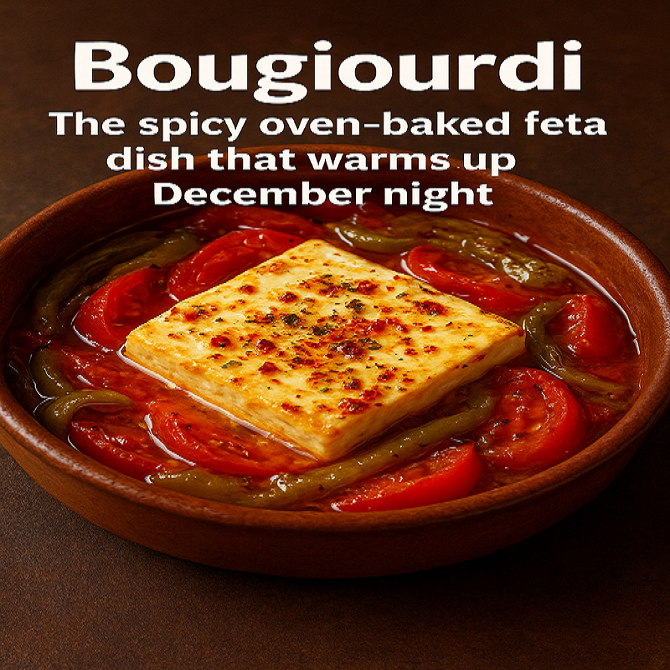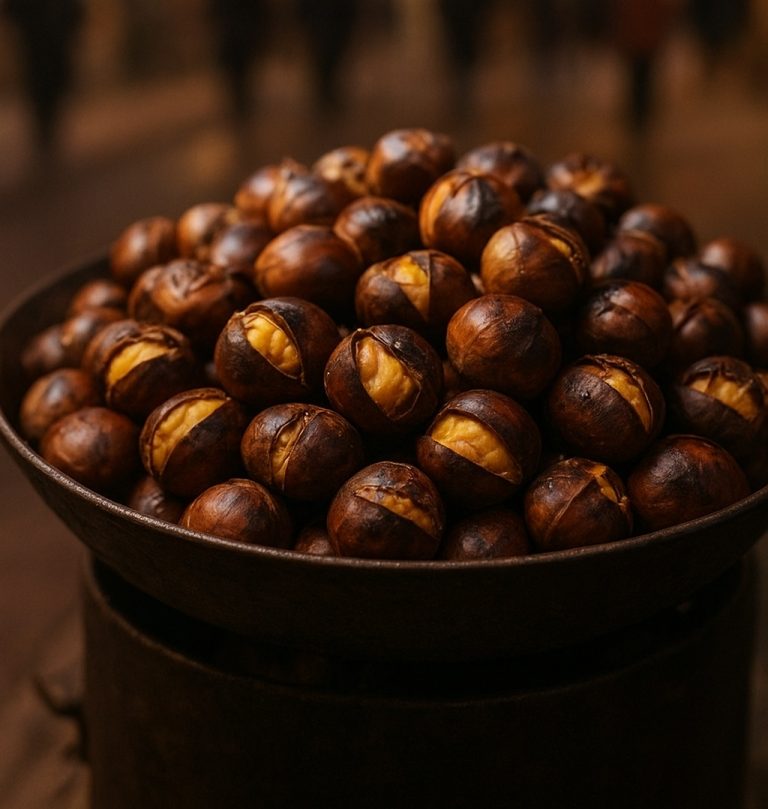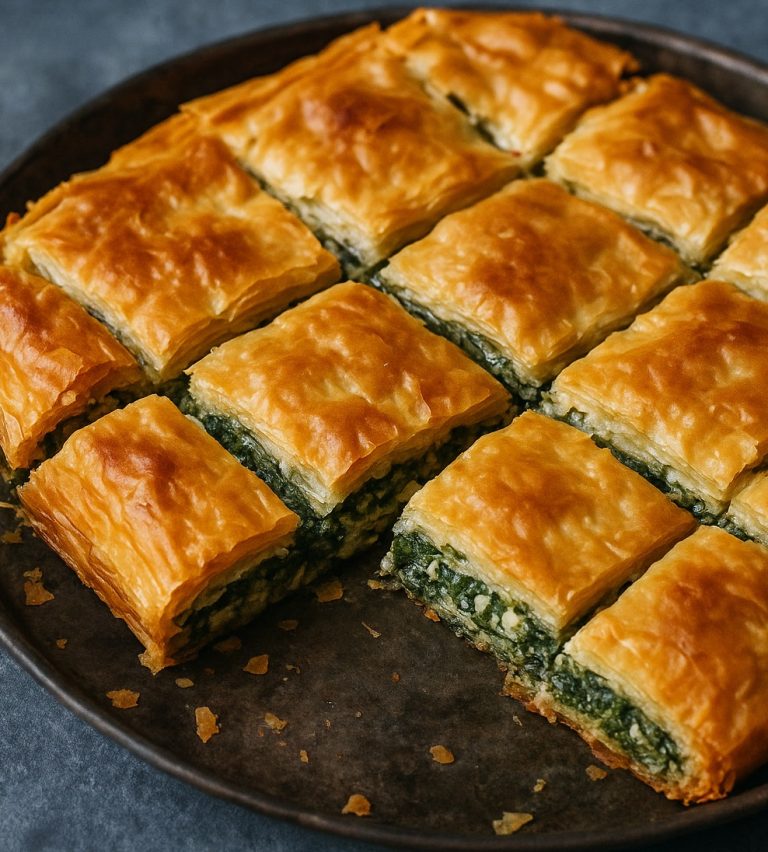
Introduction
Fakokeftedes, or bean fritters, are a beloved dish in Greek cuisine known for their delightful flavor and satisfying texture. Often served as appetizers or snacks, these fritters showcase the essence of home-cooked meals—simple, wholesome ingredients combined to create something truly delicious. Whether enjoyed at home during family gatherings or served in lively tavernas, Fakokeftedes have become a staple of Greek culinary culture.
A Brief History
The roots of Fakokeftedes can be traced back to the rural regions of Greece, where legumes have been a primary source of nourishment for centuries. Beans are not only nutritious but also versatile, making them an essential ingredient in many traditional dishes. Fakokeftedes likely originated as a way to utilize leftover beans, turning them into a tasty and filling snack. Over time, the recipe has evolved, incorporating various local ingredients and flavors, but the core concept remains the same: creating a savory fritter that celebrates the humble bean.
Ingredients
The beauty of Fakokeftedes lies in their flexibility. While fava beans are the traditional choice, other legumes can also be used. Here’s a closer look at the key ingredients:
- Beans: Fava beans are the classic choice, but chickpeas and lentils are also popular alternatives. Each type of bean brings its unique flavor and texture.
- Herbs: Fresh herbs such as parsley, dill, and mint add brightness and depth to the fritters. The combination of herbs can be tailored to personal preference.
- Spices: Common spices include salt, black pepper, and sometimes cumin, which adds a warm, aromatic note.
- Vegetables: Onions and garlic are essential for building flavor. They should be finely chopped to blend seamlessly into the mixture.
- Binding Agents: Flour or breadcrumbs help hold the fritters together, ensuring they maintain their shape during frying.
- Eggs: While many recipes include eggs as a binder, vegan versions can easily substitute chickpea flour or omit eggs altogether.
Preparation
The preparation of Fakokeftedes is both straightforward and rewarding. Here’s a step-by-step guide to making these delicious fritters:
- Bean Preparation: If using dried beans, soak them overnight. The next day, cook them in fresh water until soft. This may take 1-2 hours depending on the type of bean. Once cooked, drain and let them cool.
- Mixing the Ingredients: In a large bowl, mash the cooled beans using a fork or a potato masher. The mixture should be somewhat smooth but still have some texture. Add finely chopped herbs, onions, garlic, and spices. If using eggs and flour, mix them in at this stage to ensure everything is well incorporated.
- Forming Fritters: With clean hands, shape the mixture into small patties or fritters, about the size of a golf ball. Flatten them slightly for even cooking.
- Frying: Heat a generous amount of oil in a skillet over medium heat. Once hot, carefully place the fritters in the pan, making sure not to overcrowd them. Fry until golden brown on both sides, about 3-4 minutes per side. Use a slotted spoon to transfer them to a plate lined with paper towels to absorb excess oil.
- Serving: Serve the Fakokeftedes warm, garnished with fresh herbs or a sprinkle of feta cheese if desired.
Serving Suggestions
Fakokeftedes can be enjoyed in various ways, making them incredibly versatile:
- As an Appetizer: Serve them with a selection of dips such as tzatziki, hummus, or a spicy tomato sauce. This makes for a great starter at gatherings.
- In a Meal: Pair them with a fresh Greek salad, featuring tomatoes, cucumbers, olives, and feta cheese, for a balanced meal. The freshness of the salad complements the savory fritters beautifully.
- With Bread: Offer them alongside warm pita or crusty bread to create a satisfying snack or light meal.
Cultural Significance
Fakokeftedes are more than just a dish; they symbolize the spirit of Greek cuisine and hospitality. Traditionally served during family gatherings, festivals, and celebrations, they encourage sharing and togetherness. In Greece, food is often a communal experience, and Fakokeftedes embody this philosophy, bringing people together around the table.
In recent years, there has been a growing interest in plant-based diets, leading to a resurgence in the popularity of Fakokeftedes. Their rich flavors and satisfying texture make them an excellent option for vegetarians and vegans, allowing everyone to enjoy this classic dish.
Variations
While the classic Fakokeftedes are delicious on their own, numerous variations exist that cater to different tastes and dietary preferences:
- Vegan Versions: Omit eggs and use chickpea flour or a flaxseed meal as a binding agent. This creates a gluten-free option that still holds together well.
- Spicy Versions: For those who enjoy a kick, adding chili flakes or finely chopped fresh chili can elevate the flavor profile.
- Cheesy Versions: Incorporating crumbled feta cheese into the mixture adds a rich creaminess that pairs wonderfully with the beans.
- Baked Versions: For a lighter alternative, consider baking the fritters instead of frying them. Brush them with olive oil and bake in a preheated oven until golden brown.
Conclusion
Fakokeftedes are a delicious representation of Greek culinary traditions, combining simple ingredients into a flavorful dish that has stood the test of time. Whether you’re enjoying them at a bustling taverna or making them at home with family and friends, these bean fritters offer a taste of Greece that is both comforting and satisfying. Their versatility, cultural significance, and rich flavors make Fakokeftedes a must-try for anyone looking to explore the delights of Greek cuisine. So gather your ingredients, roll up your sleeves, and experience the joy of making and sharing these delightful fritters.



